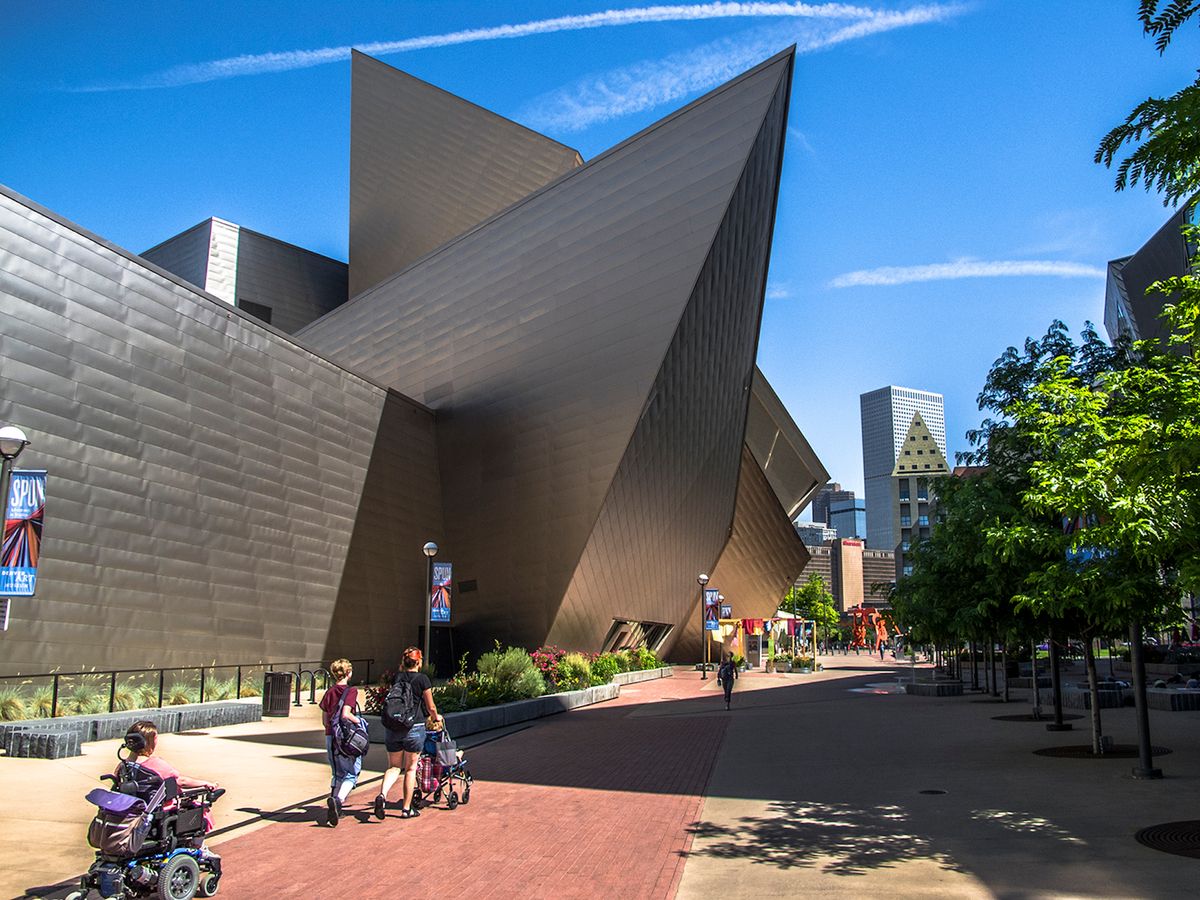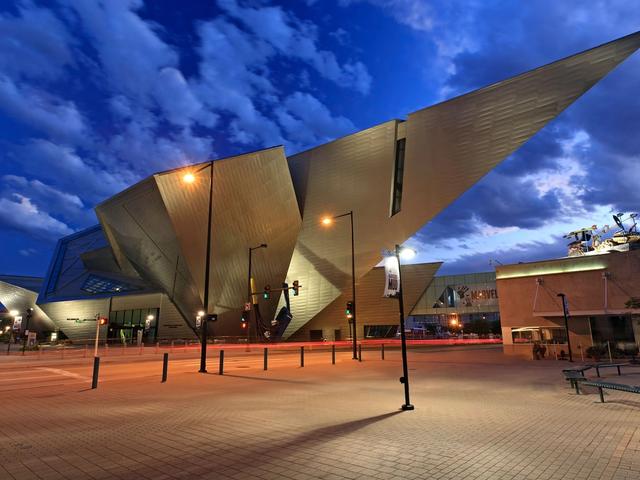Officials from Cambodia, Thailand and Vietnam have called on the Denver Art Museum (DAM) in recent months to request the return of eight allegedly looted antiquities currently held in its collection. Among the works under dispute are six objects that were donated to the museum by the late scholar Emma C. Bunker, whose decades-long support of the museum has come under increasing scrutiny due to her ties to prolific smuggler Douglas Latchord, The Denver Post reported.
Earlier this year, the DAM announced it was returning $185,000 Bunker and her family had donated to the institution as part of a naming agreement in 2018, and removing Bunker’s name from a gallery that had been named in her honour as part of that agreement. It still has more than 200 objects that were donated by Bunker. In March 2023, the museum deaccessioned five works linked to Bunker from its collection; it is presently working with the US Department of Justice to return them to their nations of origin.
Bunker’s collaboration with Latchford also helped facilitate the museum’s acquisition of more than a dozen objects from the disgraced dealer, mostly Cambodian antiquities smuggled out of the country during the reign of the Khmer Rouge in the 1970s and the civil war that followed its brutal reign. Latchford died in 2020, and the DAM has since repatriated some of those objects to Cambodia.
The recent letters sent by officials in Southeast Asia concern objects such as an ornate dagger from Vietnam, estimated to be worth $8,000, which features a human figure standing on its handle and has been dated to between 300BCE and 200BCE. According to the Post, that dagger and two other pieces donated to the DAM were included in Adoration and Glory: The Golden Age of Khmer Art, a book published by Bunker and Latchford in 2004. Such publications were crucial to launder the reputations of objects whose vague or non-existent provenances might have raised eyebrows.
Thailand is seeking to recover two bronze statues from the Prakhon Chai region, part of a trove that was likely smuggled out of the country in the 1960s. In addition to the two examples in the DAM’s collection, museums across the US have Prakhon Chai bronzes, which the Post reports US officials are also investigating.
“These donations to the Denver Art Museum are a cause of serious concern as Thailand has not issued any permits or permissions to Ms. Bunker for the exportation of Thai cultural heritage,” Phnombootra Chandrajoti, the director general of Thailand’s department of fine arts, wrote in a letter to the DAM in April, according to the Post. “Bunker was well known among academics for her association with individuals responsible for significant looting throughout Southeast Asia.”
In a statement, a spokesperson for the DAM tells The Art Newspaper that the institution is actively working with the US authorities to address ownership claims and return objects. “DAM received courtesy copies of letters that Cambodia, Thailand and Vietnam addressed and sent to US Department of Homeland Security officials but has not been contacted by these countries directly,” the spokesperson says. “Objects connected to Emma Bunker are the top priority for provenance research, and the museum has proactively shared lists of objects connected to Bunker with the US government.”
Latchford’s prolific smuggling activities—and Bunker’s involvement in them—were the subject of a recent podcast, Dynamite Doug, that traced how many looted antiquities from Cambodia made their way into the collections of museums in the US and elsewhere.



